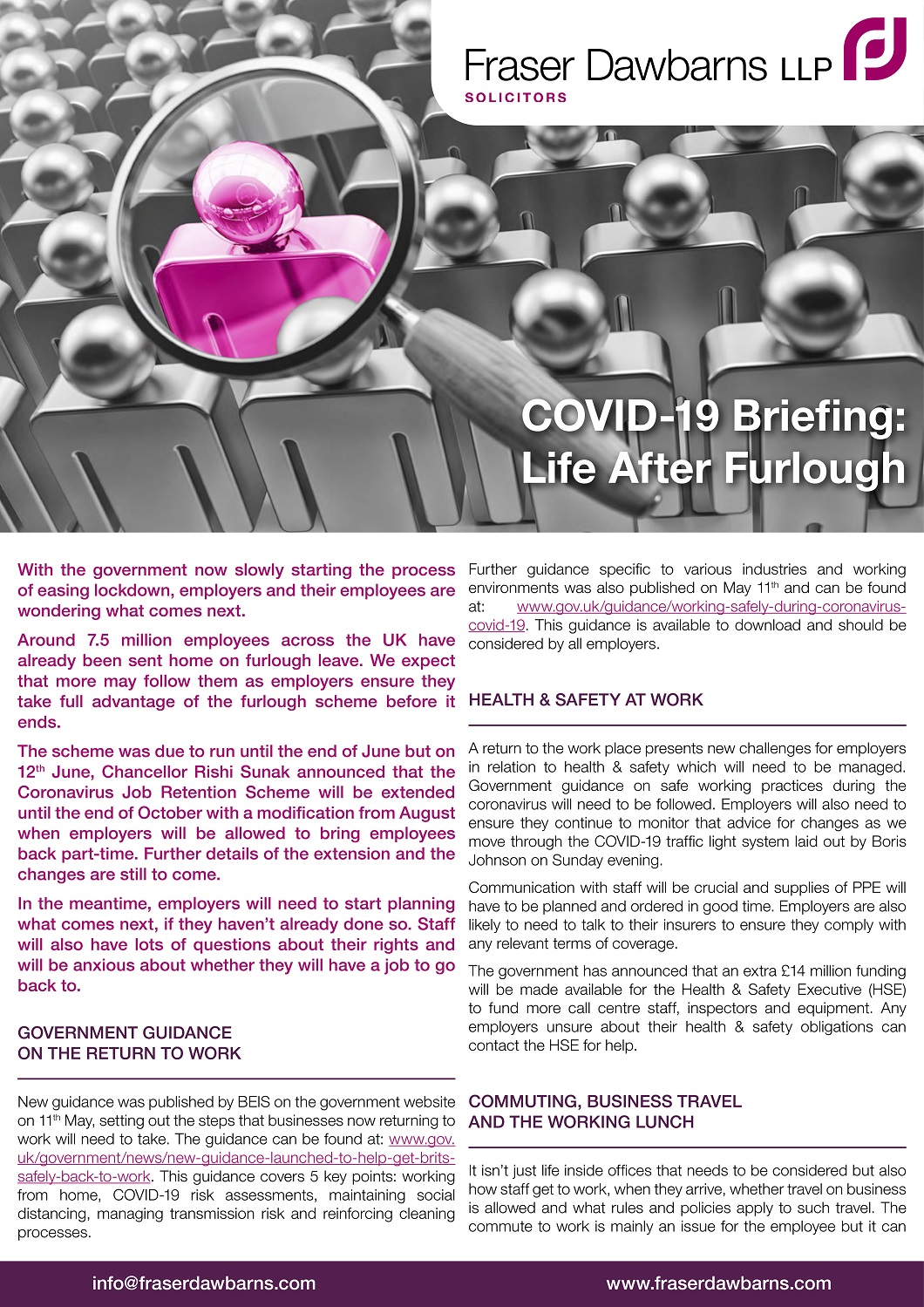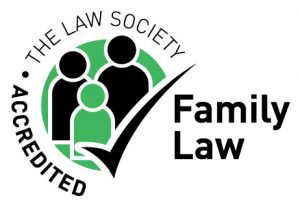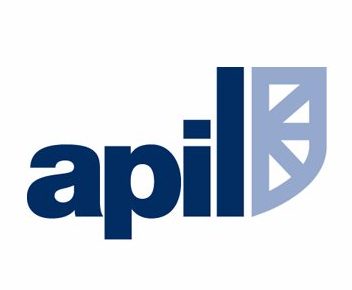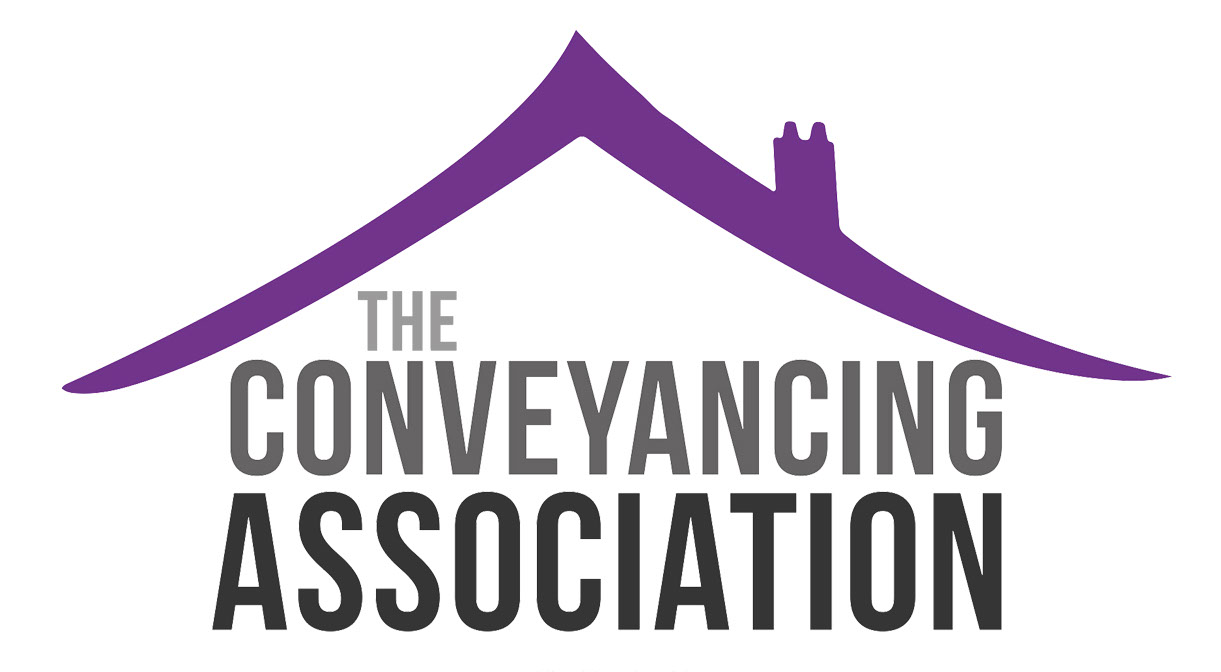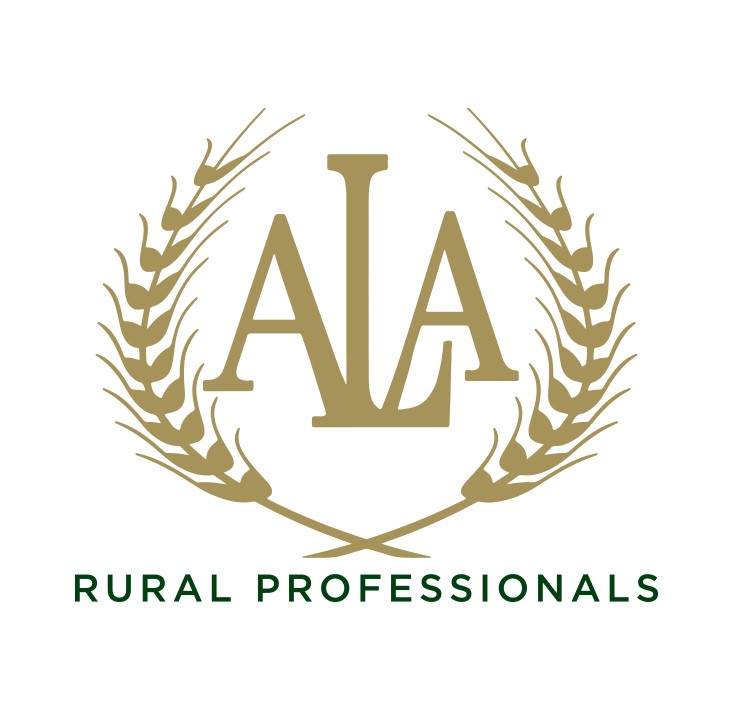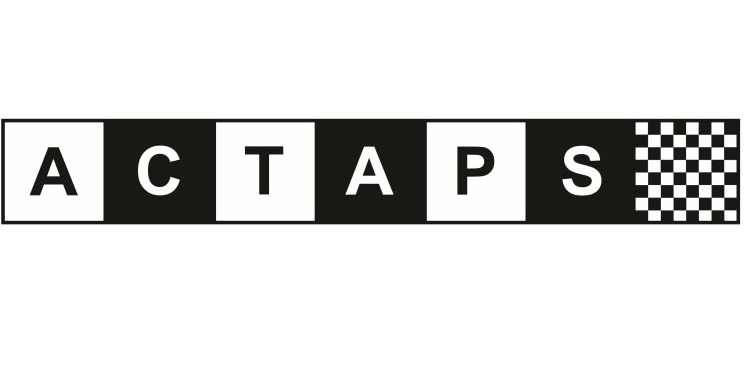COVID-19 Briefing: Life After Furlough
This guide follows on from our previous guidance on the furlough scheme that the government has introduced in response to the Coronavirus pandemic.
With the government now slowly starting the process of easing lockdown, employers and their employees are wondering what comes next. Around 7.5 million employees across the UK have already been sent home on furlough leave. We expect that more may follow them as employers ensure they take full advantage of the furlough scheme before it ends.
The scheme was due to run until the end of June but on 12th May, Chancellor Rishi Sunak announced that the Coronavirus Job Retention Scheme will be extended until the end of October with a modification from August when employers will be allowed to bring employees back part-time. Further details of the extension and the changes are still to come.
In the meantime, employers will need to start planning what comes next, if they haven’t already done so. Staff will also have lots of questions about their rights and will be anxious about whether they will have a job to go back to.
Government Guidance on the Return to Work
New guidance was published by BEIS on the government website on 11th May, setting out the steps that businesses now returning to work will need to take. The guidance can be found at: www.gov.uk/government/news/new-guidance-launched-to-help-get-brits-safely-back-to-work. This guidance covers 5 key points: working from home, COVID-19 risk assessments, maintaining social distancing, managing transmission risk and reinforcing cleaning processes.
Further guidance specific to various industries and working environments was also published on May 11th and can be found at: www.gov.uk/guidance/working-safely-during-coronavirus-covid-19. This guidance is available to download and should be considered by all employers.
Health & Safety at Work
A return to the work place presents new challenges for employers in relation to health & safety which will need to be managed. Government guidance on safe working practices during the coronavirus will need to be followed. Employers will also need to ensure they continue to monitor that advice for changes as we move through the COVID-19 traffic light system laid out by Boris Johnson on Sunday evening.
Communication with staff will be crucial and supplies of PPE will have to be planned and ordered in good time. Employers are also likely to need to talk to their insurers to ensure they comply with any relevant terms of coverage. The government has announced that an extra £14 million funding will be made available for the Health & Safety Executive (HSE) to fund more call centre staff, inspectors and equipment. Any employers unsure about their health & safety obligations can contact the HSE for help.
Commuting, Business Travel and the Working Lunch
It isn’t just life inside offices that needs to be considered but also how staff get to work, when they arrive, whether travel on business is allowed and what rules and policies apply to such travel. The commute to work is mainly an issue for the employee but it can still be relevant to employers who need to think about whether it is reasonable to expect an employee to come to work. Business travel, client/supplier meetings, networking lunches, client entertainment – all of our existing working practices are going to have to now be looked at and re-evaluated. Existing policies on these matters will need to be reviewed and shared with staff.
Reviewing Work Arrangements
A return to work doesn’t have to be, and is unlikely to involve, a sudden return to the way we used to work. Employers can instead think about introducing measures such as staggering start and finishing times, rotating teams of staff between home and office working, ending hot-desking, separating staff within offices or floors, and putting an end to face-to-face meetings.
Coronavirus Testing
We are likely to see testing introduced at some point. This is going to give rise to issues of privacy and under the GDPR which employers will need to manage. It isn’t clear how testing would work at this stage but this is something to watch.
The Future of Homeworking
Before coronavirus, it was fairly common for employers to refuse staff requests to work from home. Unworkable, additional cost, detrimental impact on performance, administrative issues – these are just some of the reasons previously given. But with millions of us now working from home, how will this issue be dealt with in the future?
It seems likely that there will be increased pressure on businesses from at least some of their employees to carry on the practice of homeworking. Many employers may be quite happy for the practice to continue, particularly in light of the health & safety measures that will need to be introduced if employees are to return to workplaces. There may also be cost-savings and efficiencies to be had by continuing the practice, even on a part-time or temporary basis.
For those employers who want to end homeworking and bring staff back to the workplace, some of the reasons for refusing previously given may not now hold water. If homeworking has now been proven to work, what reason are employers left with to object? Employers who want to see an end to the practice will therefore need to carefully consider their reasoning and take suitable advice.
Can Employees be Forced to Return to the Workplace?
Anyone who is ill with the coronavirus, or who is shielding on government advice, should obviously not return to work. Employers should also exercise caution with employees who have underlying conditions or disabilities. Their return to work will have to be carefully managed and reasonable adjustments may be needed. For everyone else, and where homeworking is not possible, employers can issue a legitimate instructions to employees to return to work. But what about employees who refuse?
Some employees are refusing to return due to anxiety about exposure to the coronavirus. Employers could treat a failure to return as a disciplinary matter and no doubt there are some who will. However, taking such a stance isn’t going to win them any friends and may damage their reputation. There is also a risk of a potential claim if an employee is subjected to a detriment or is dismissed where they have raised health & safety concerns. Each case will be different but employers can generally try reassuring employees that proper safety measures are being taken, taking extra steps with those who are particularly worried and possibly allowing a little longer to return.
Can Some Employees be Brought Back to Work While Others Remain on Furlough?
In short, yes. Employers should be careful though not to select those who remain on furlough in a discriminatory manner. Employees left on furlough are likely to feel worried about what it means for them and their future and so this will have to be managed. Some employers are rotating those on furlough, others reacting dependant on business need.
Redundancies
It is an unavoidable truth that probably all businesses are going to have to review their head count and that redundancies may unfortunately be inevitable. Whilst the furlough scheme has now been extended again, employers will want to start thinking about this issue now, if they haven’t already done so.
The starting point is revising business plans in light of the current state of play. Staff needs can then be considered in that context. Redundancies are unfortunately going to be inevitable but they can, and should, be handled fairly and considerately. Employers who have never had to deal with redundancies before can start with Acas guidance, see:
www.acas.org.uk/manage-staff-redundancies
Employees concerned about their rights can start with government guidance at:
www.gov.uk/redundancy-your-rights
Legal advice should also be taken in good time.
Can Employees be Made Redundant Whilst on Furlough?
The furlough scheme does not prohibit employers from consulting with employees about potential redundancies, or from giving notice of termination of employment, during furlough leave. Employers can therefore start the consultation process while employees are furloughed. It seems that employers can also be serving any required period notice whilst on furlough, although pay may need to be topped up to full pay during this period if it isn’t already.
A common question asked is whether an employee may have a claim for unfair dismissal if they are made redundant while the furlough scheme is still running. Employees who are given notice whilst on furlough leave but whose employment won’t terminate until the scheme ends are not likely to be an issue. However, employees who are made redundant and whose employment ends while the scheme is still running may well seek to bring a claim.
The argument would be that there was an alternative to dismissal (i.e. furlough) which should have been adopted by the employer instead of dismissal. Employers seeking to avoid the risk of such claims will need to be clear about the reason why the dismissal had to occur at that time. The reason perhaps most likely to be given is significant economic pressure. As always, employers considering redundancies should take appropriate legal advice.
Review Policies
Most employers will have at least minimum staff policies in place to cover things like disciplinary procedures, sickness absence, holidays etc. Those existing policies are very unlikely to deal with our current reality, where social distancing prevents meetings and interrupts usual processes. Employers should therefore review policies and consult with employees about any changes.
A Second Wave?
We’ve been told its coming. What can we do now? Learn from what we’ve already been through; continue to see what works and doesn’t work as we move through the next phase; prepare as best we can for further lockdowns.
Peace of Mind through difficult times
In uncertain times, the only thing we can say for certain is that nothing will stay the same for long.
It is entirely possible, therefore, that new legislation will have been introduced which will mean that all or part of this briefing no longer reflects the current law.
Because of this, we ask you to consider that, although correct at time of printing, information in this sheet may no longer be up to date and it is always best practice to consult with a lawyer about anything contained in this briefing.
Our lawyers are available to help answer any of your questions about this or any other legal concern you have.
Please contact Fraser Dawbarns directly for up-to-date information on your specific circumstances.
This Guide was prepared on 12th May 2020
New laws are being introduced and current legislation is regularly being updated. Although every effort has been made to ensure that information contained in this sheet is accurate, it may no longer be current at the time of reading. We strongly recommend consulting with a lawyer about your specific circumstances.
Read our Other COVID-19 Briefings
Our COVID-19 Guides contain useful information on how the coronavirus pandemic and the lockdown have affected legal services and everyday life across the UK.
- Extension to Stay on Residential Posessions
- Could an LPA Have Helped Me During the Lockdown?
- Dispute Resolution During the Pandemic
- Force Majeure and Frustration
- Coronavirus and Business Interruption Insurance
- Winding Down the Furlough Scheme
- Child Maintenance on a Reduced Income
- Reopening the Housing Market
- The Changing Face of Litigation
- Holding Company Meetings During Lockdown
- Recovering Debts While Under Lockdown
- Making or Amending a Will Under Lockdown
- Commercial Lasting Powers of Attorney
- The Three Month Ban on Evicting Tenants
- Child Contact and the Coronavirus Lockdown
- Commercial Tenancies and Rights of Forfeiture
- Guidance for Employers and Employees
Related Articles
Recommended By The Legal 500 Directory*
*We are recommended for the following practice areas: Corporate and Commercial, Debt Recovery, Employment, Personal Injury: Claimant, Agriculture and Estates, Contentious Trusts and Probate, Family, Personal Tax, Trusts and Probate & Commercial Property.
ServicesContact